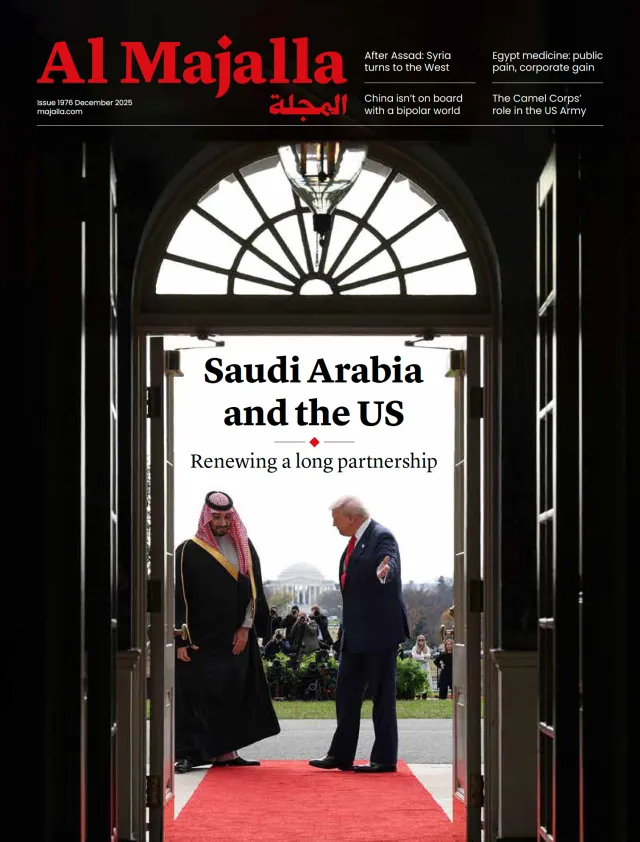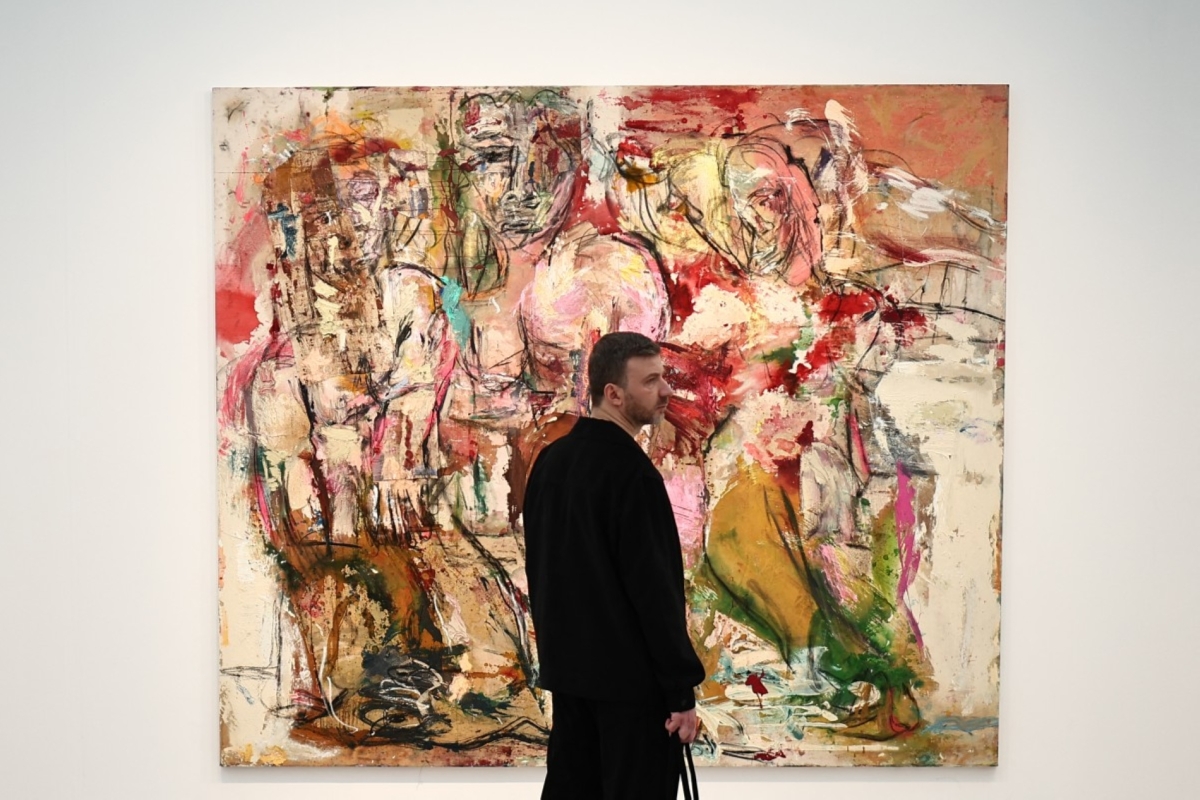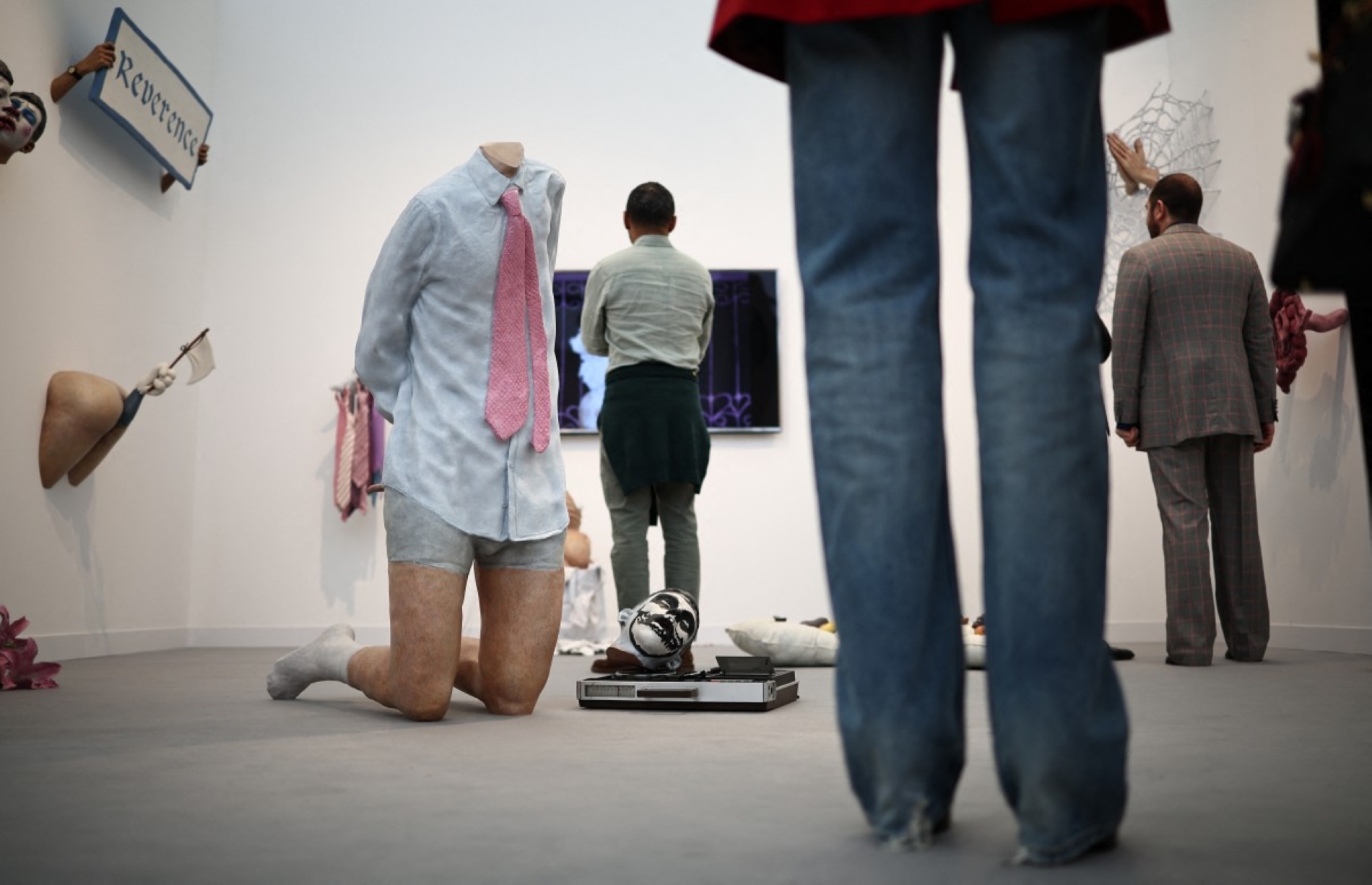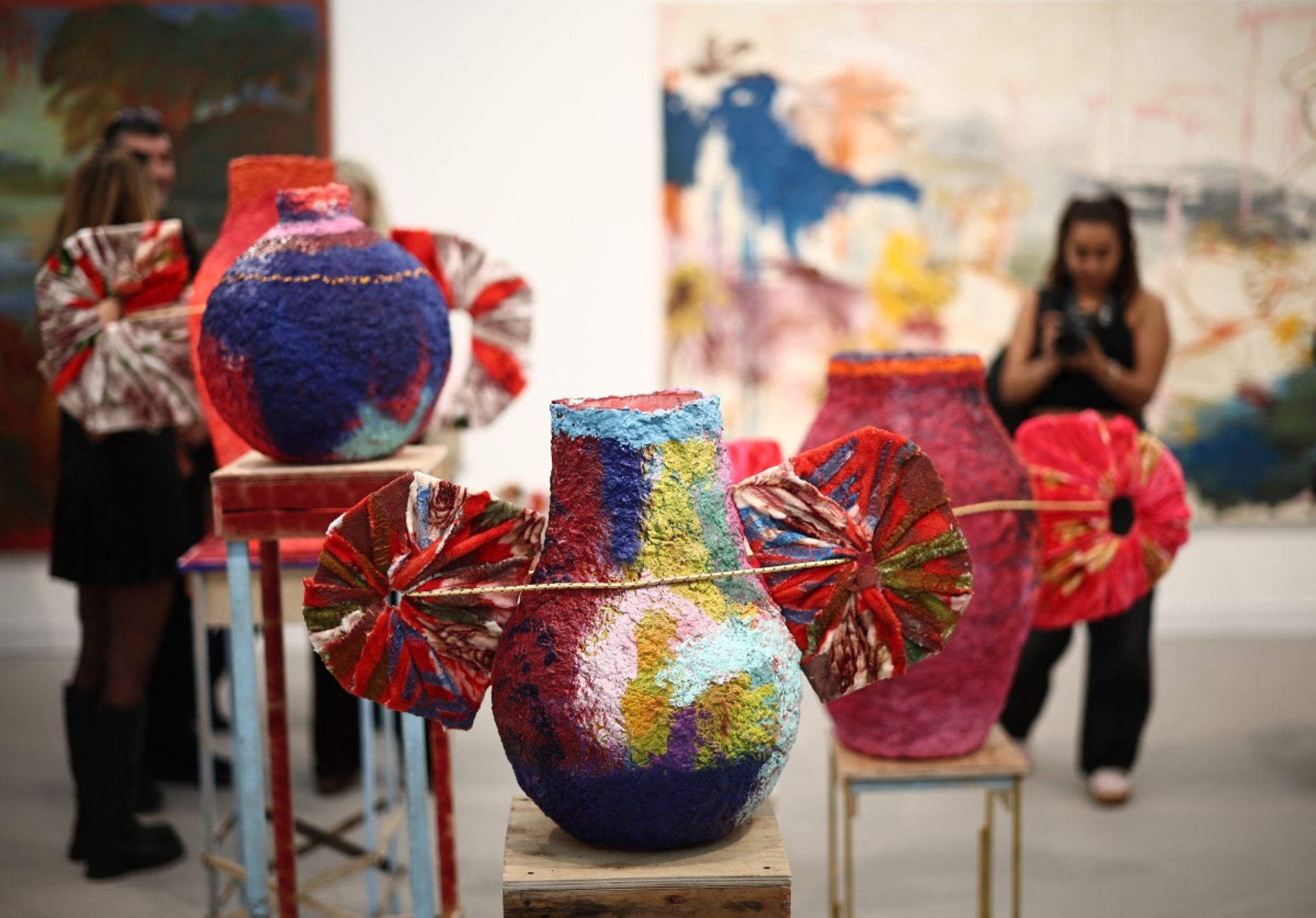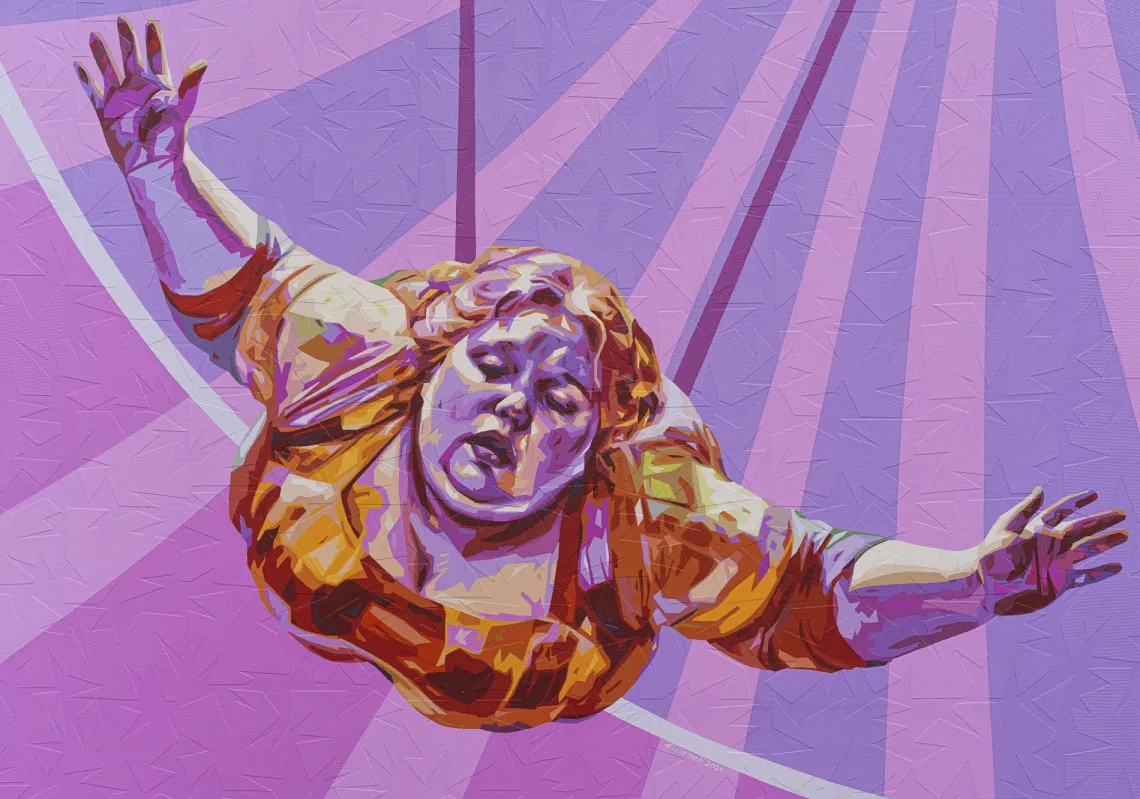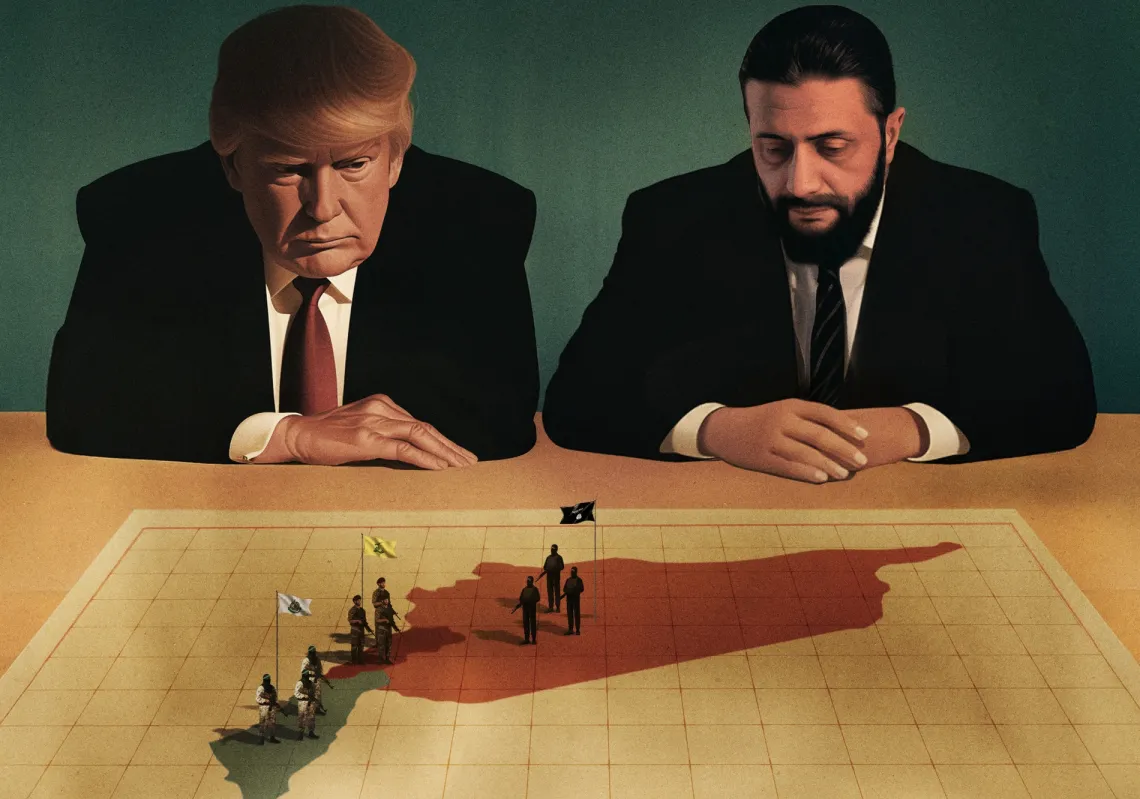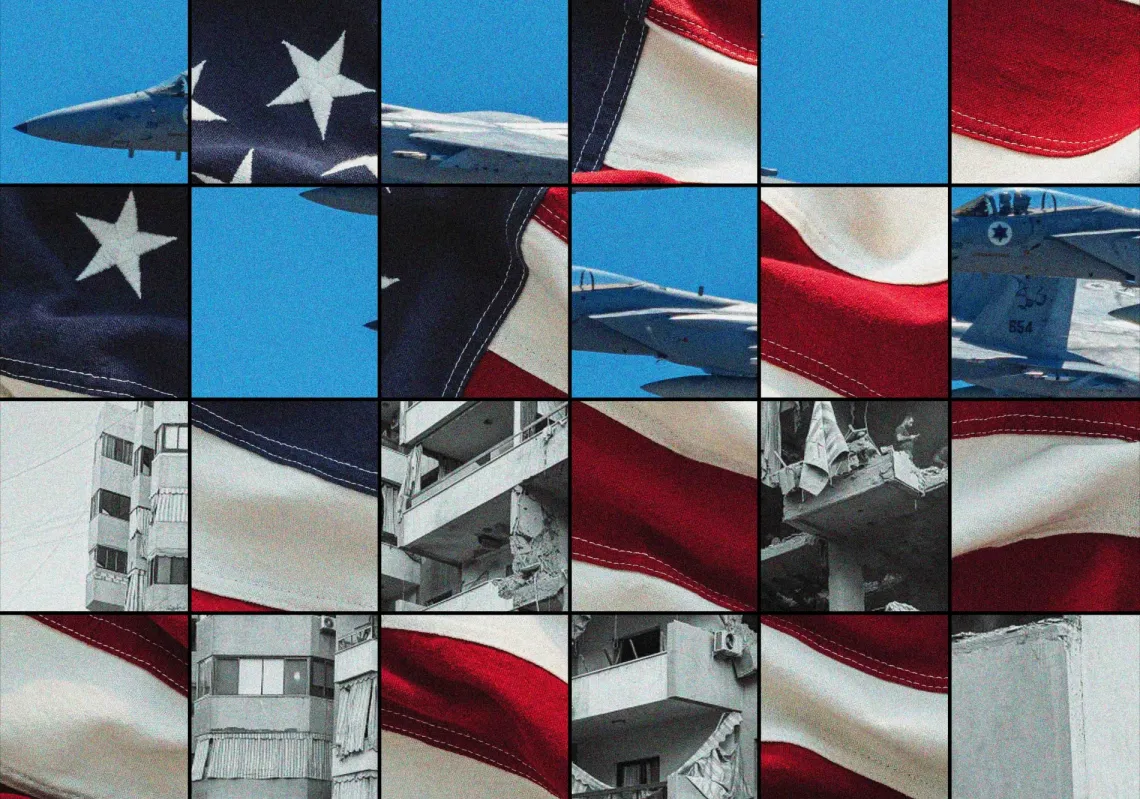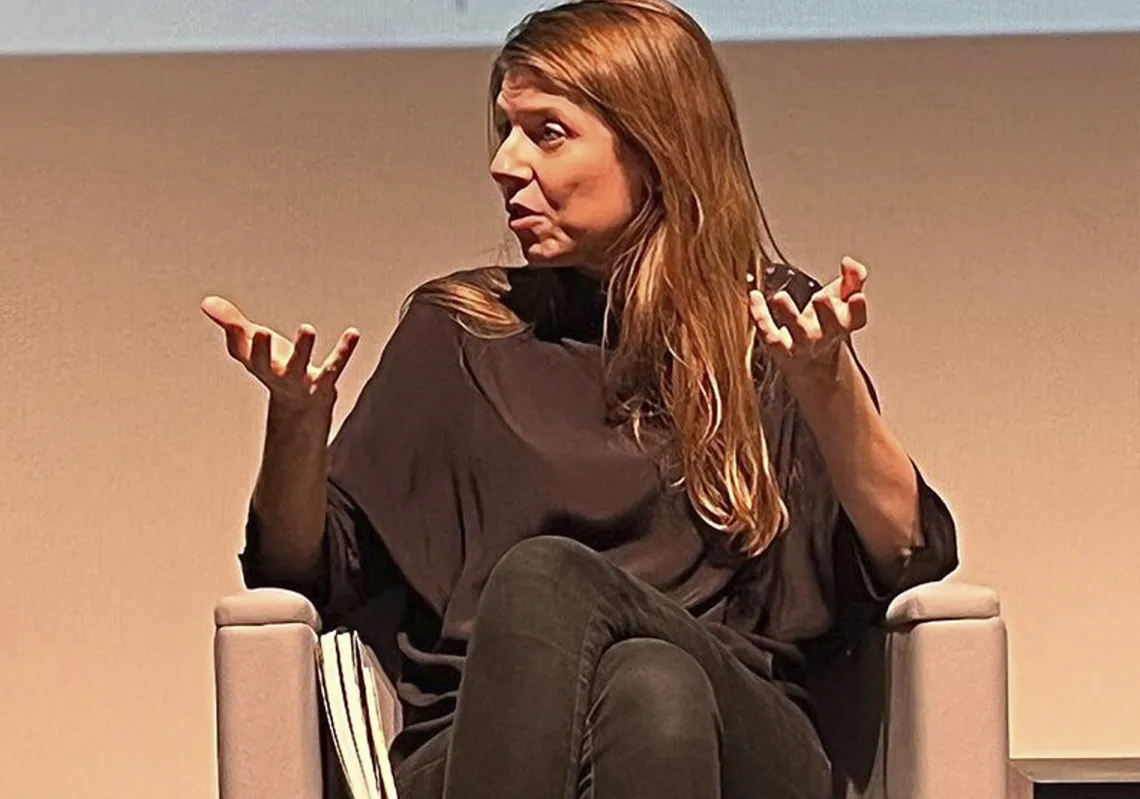For years, those who have wanted to know what is hot in art have come to Frieze London, held annually in Regent's Park in the British capital. Among the world's most influential contemporary art fairs, it shapes trends and pricing for the year ahead, as galleries, artists, and collectors converge at this renowned intersection of creativity, capital, and critique.
Frieze London 2025 confirmed digital art as the new dominant paradigm. Works, including interactive sculptures, are now generated by algorithms. In this context, the artist shifts from 'art maker' to art architect. This poses questions. Where do we draw the line between human creativity and artificial intelligence? Is artistic value an eternal measure, or merely a speculative inflation of the present moment?
Part philosophical crucible, the Frieze bubbles with inquiry. Its conclusions inform that the most perennial of questions: what makes it art? Likewise, what is authentic in an age of reproduction? The rise of non-fungible tokens (NFTs), which represent unique digital assets, challenges the very concept of authenticity. In the past, artistic value hinged on rarity and material singularity: the artist's touch, the physical trace of tools on a tangible surface.
But in today's NFT-dominated era, works can be infinitely replicated and instantly transferred, making them scarce no longer. What does that do to value? Frieze London is a sign of the times. One of the world's premier art markets, it now sells works that are not materially unique but digitally verified.

Losing art's aura
In his 1935 essay The Work of Art in the Age of Mechanical Reproduction, German philosopher Walter Benjamin considered the historical uniqueness of an artwork bound to its time and place—what he called its 'aura'. Can the aura of art survive when the artwork exists solely as a replicated string of data?
Conceptual piece 'The Merge' by the artist (or collective) Pak is an NFT artwork that sold for $91.8mn in 2021, shattering sales records by distributing ownership of the artwork among thousands. It exemplifies the transformation of authenticity into a digital certificate, severed from physicality and pegged instead to the number of zeros in an Ethereum wallet.

